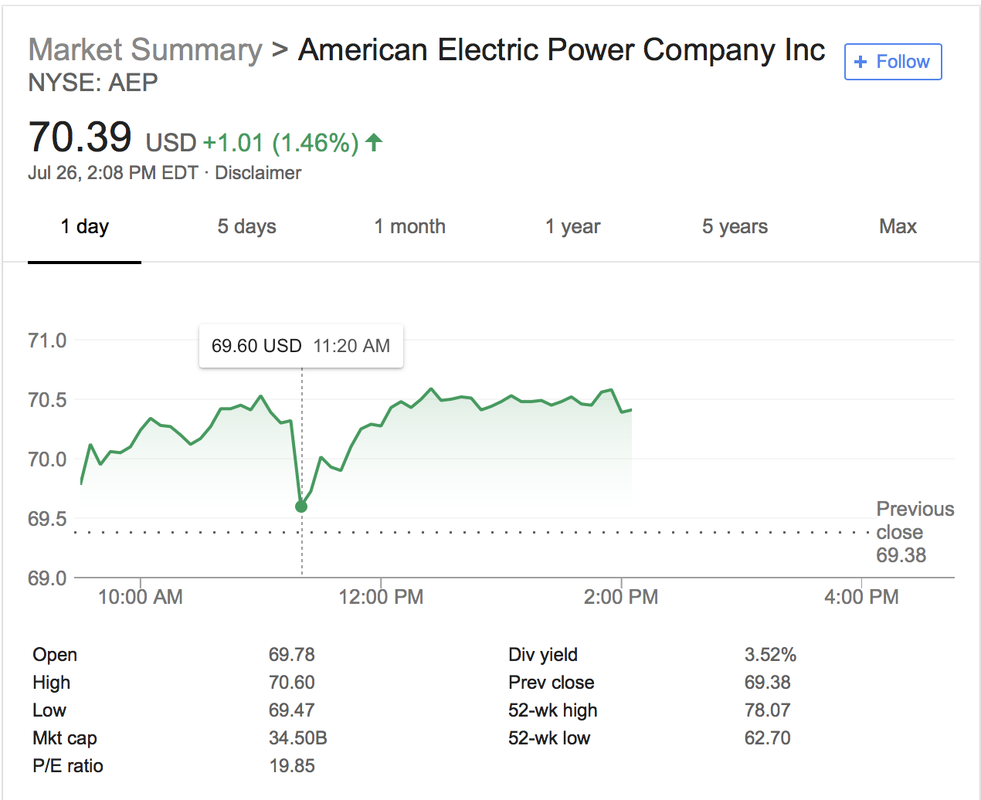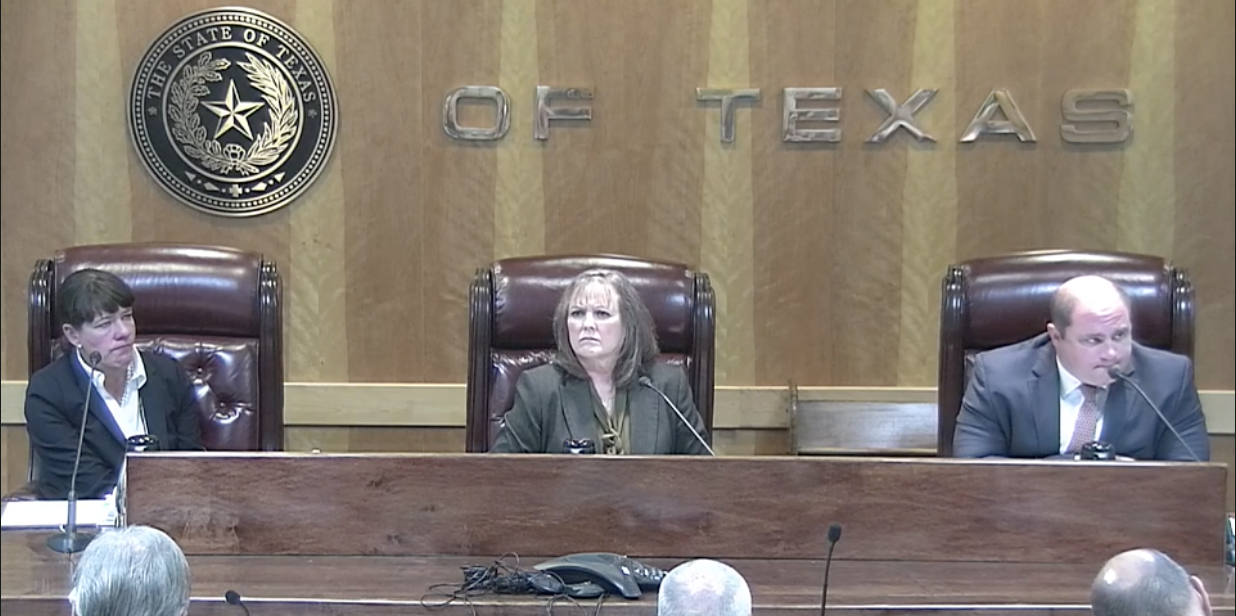Just like that? Yes, just like that! It's over!
While many transmission opposition battles are marathons that try the finances and patience of entrenched opposition, Wind Catcher was a sprint to the finish.
I think this is maybe the best victory news story I've seen come out of one of these pitched battles.
Landowner Maurice Storm hit several truths head on in his comments. First, "It was just massive corporate greed disguised as green energy and consumer benefits." This not only so succinctly describes Wind Catcher, but every other "renewable" project hounding the Midwest in recent years, and resonates deeply across projects and state lines. It's not about "green energy" to energy corporations, it's about greenbacks. It's the same energy story that has been told again and again for more than 100 years, that of out-of-state corporations mining centralized energy sources in less populated states for their own financial benefit. And it will never change until the pious environmentalists and urban parasites these corporations serve begin to take responsibility for their own energy use.
Storm also dug deeply into AEP's corporate corruption: "It's hard to believe with the kind of lobbying budget these guys have to buy influence in state governments and regulatory affairs that they still couldn't get it done." Is this a sign of regulatory morality, or was this project, as Storm suggests, really just so bad that it couldn't be shined up and packaged for approval? I mean, how much corporate arrogance can a regulator take before it turns on them and bites? The worse the projects become, and the more corporations lean on regulators to look the other way and acquiesce, the stupider it makes regulators look. I think AEP reached saturation levels with Wind Catcher. It was a step too far. Never overestimate the power of corporations.
The reporter thinks this project will become one for the textbooks, and he may be right, for a lot of reasons. But his reason was the way AEP treated landowners in Oklahoma. Lonni summed it up best, "You don't treat people that way." That's not the way to do business in Oklahoma, or the rest of rural America. Applying the business practices of Columbus, Ohio, to Tulsa, and other locations in Oklahoma, wasn't just a bad plan. It was a stupid plan. It was an arrogant plan. A plan that had virtually no chance of success. For every landowner AEP and its agents harassed, belittled, and lied to, the resolve to resist the project just got stronger.
No harm, no foul, right, AEP? Not exactly. You woke the sleeping giant, and you filled him with a terrible resolve. While Wind Catcher fades away, a stronger, braver, and more engaged citizenry emerges determined to shape its own future to avoid being victimized again. AEP shall reap what it has sown.



 RSS Feed
RSS Feed